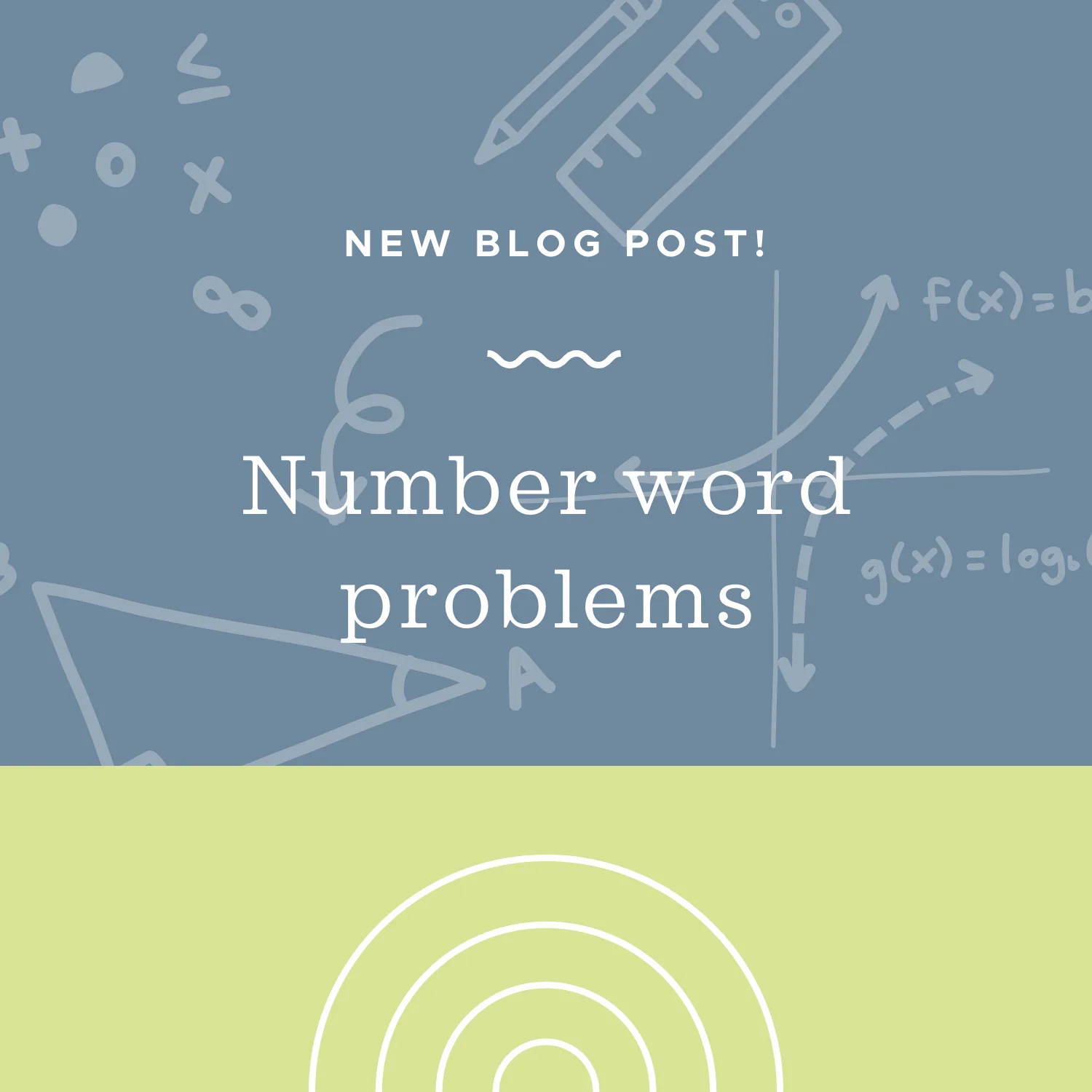In this lesson we’ll look at the imaginary number i, what it means, and how to use it in expressions. The imaginary number i is defined as the square root of -1, and we can use it in algebraic expressions. An imaginary number (in general) is defined as a number that can be written as a product of a real number and i. For instance, 4i and -15i are imaginary numbers.
Read MoreIn this lesson we’ll learn how to calculate the commission earned. What is commission? Commission is the amount of money a salesperson earns on the sale of an item. The formula for commission is Commission=(Sale Price)(Commission Percentage).
Read MoreIn this lesson we will learn how to calculate a percent markup and how it changes the original price of an item. What is a percent markup? Well in retail, a store will buy an item for a certain amount from a manufacturer. In order to make money the store has to add to the price they paid for it and sell it to the customer for more.
Read MoreRemember that the phrase “rationalize the denominator” just means “get the square root(s) out of the denominator”. We already know how to rationalize the denominator if the denominator is just a single square root, and nothing else. But how do we rationalize the denominator when it’s more complicated than just a single square root? In some cases, we can use the conjugate method.
Read MoreThis lesson will cover how to find the power of a negative exponent by using the power rule. If you have two positive real numbers a and b then b^(-a)=1/(b^a). Think of it this way: in order to change the exponent in b^(-a) from -a to positive a, you move the entire value from the numerator to the denominator to get 1/(b^a).
Read MoreIn this lesson we’ll look at how to write the equation of a circle in standard form in order to find the center and radius of the circle. The standard form for the equation of a circle is (x-h)^2+(y-k)^2=r^2, where r is the radius and (h,k) is the center. Sometimes in order to write the equation of a circle in standard form, you’ll need to complete the square twice, once for x and once for y.
Read MoreIn this lesson you’ll learn how to use the distance formula to calculate the distance between two points. The distance formula is built from the Pythagorean Theorem, so we’ll start with the Pythagorean Theorem, convert it into the distance formula, and then look at how to use the distance formula directly to find the distance between two points.
Read MoreIn this lesson we’ll look at how to take a description of an equation in words and transform it into a written equation by using a table. We’ll also look at how to combine existing equations with new information to better model the situation.
Read MoreIn this section we’ll talk about how to determine whether a graph represents a one-to-one function. If a relation is a function, then it has exactly one y-value for each x-value. If a function is one-to-one, it also has exactly one x-value for each y-value. The reason we care about one-to-one functions is because only a one-to-one function has an inverse. If the function is not one-to-one, then some restrictions might be needed on the domain of the function to make it invertible. The first way we’ll look at whether or not a function is one-to-one is using the Horizontal Line Test.
Read MoreIn this lesson we’ll look at the definition of an inverse function and how to find a function’s inverse. If you remember from the last lesson, a function is invertible (has an inverse) if it’s one-to-one. Now let’s look a little more into how to find an inverse and what an inverse does.
Read MoreIn this lesson we’ll learn about the qualities that make up parallel and perpendicular lines and how to identify them on a graph or in an equation. Remember, opposites are numbers with different signs, as a variable they can be expressed as m and -m (although this doesn’t mean that m is the positive number and -m is the negative number).
Read MoreIn a composite function, one function is used as a variable in the other function. So to find a composite, we’ll plug one function into the other function, and then simplify the result.
Read MoreIn this lesson you’ll learn how to find the molar mass of chemical compounds given the molar mass of individual atoms, and how to find the molar mass of individual atoms given the molar mass of a compound or molecule.
Read MoreLong division of polynomials uses the same steps you learned for long division of real numbers. It might look different because of the variables but don’t worry, it’s the same thing in disguise. Let’s first review long division. Remember this? You followed a pattern of Divide, Multiply, Subtract, Bring Down.
Read MoreA complex fraction might look intimidating at first, but don’t worry. You just need to remember a few things and you will be good to go! What do you need to remember? A reciprocal is a number “flipped upside down.” A fraction bar can be thought of like a division sign. To divide by a fraction you can multiply by its reciprocal.
Read MoreIn this lesson you will learn how to set up and solve ratio and proportion word problems. For word problems, the best thing to do is to look at a few examples but first let’s review a few vocabulary terms. Ratio: A ratio is a comparison of two items and it is often written as a fraction. Proportion: A proportion is an equality between two ratios.
Read MoreWhen it comes to graphing exponential functions, I like to follow a very consistent plan: 1) Plug in x=100 and x=-100 to see what the function is doing as x starts getting close to -infinity or +infinity. 2) One of these will result in an infinite value, the other will give a real-number value. The real-number value is the horizontal asymptote of the exponential function. 3) Plug in a few easy-to-calculate points, like x=-1, 0, and 1 in order to get a couple of points that we can plot. 4) Connect the points with an exponential curve, following the horizontal asymptote.
Read MoreAt times we’d like to take an equation that has at least one fraction with a variable in its denominator and write the equation in a different way. We’ll call an equation like this an abstract fractional equation. This lesson will look at how to do that.
Read MoreIn this lesson you’ll learn to solve equations with decimals by multiplying by powers of 10. We can solve an equation with decimals by multiplying the equation by a power of 10, and that’s the first thing we’ll do in order to get rid of the decimals by changing them to whole numbers.
Read MoreThe purpose of number word problems is to give you practice in translating back and forth from words to numbers and vice versa. In a number word problem you’re given information about a pair or group of numbers and you usually need to translate the information into equations to solve for the numbers.
Read More





















